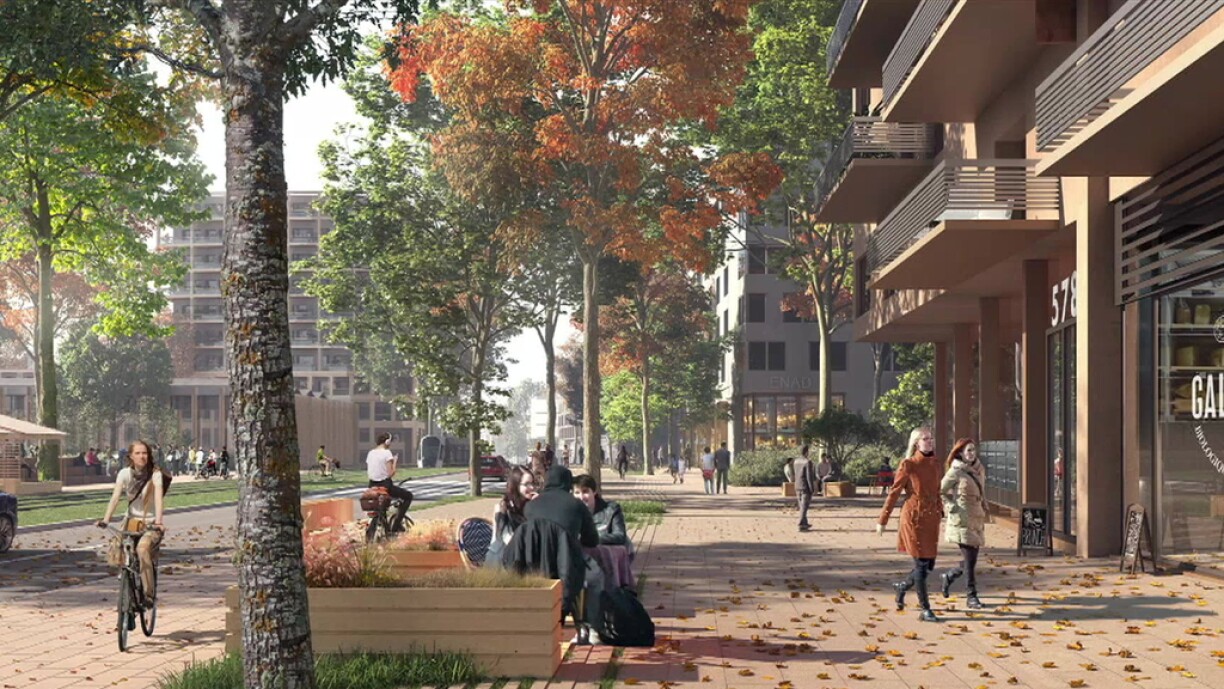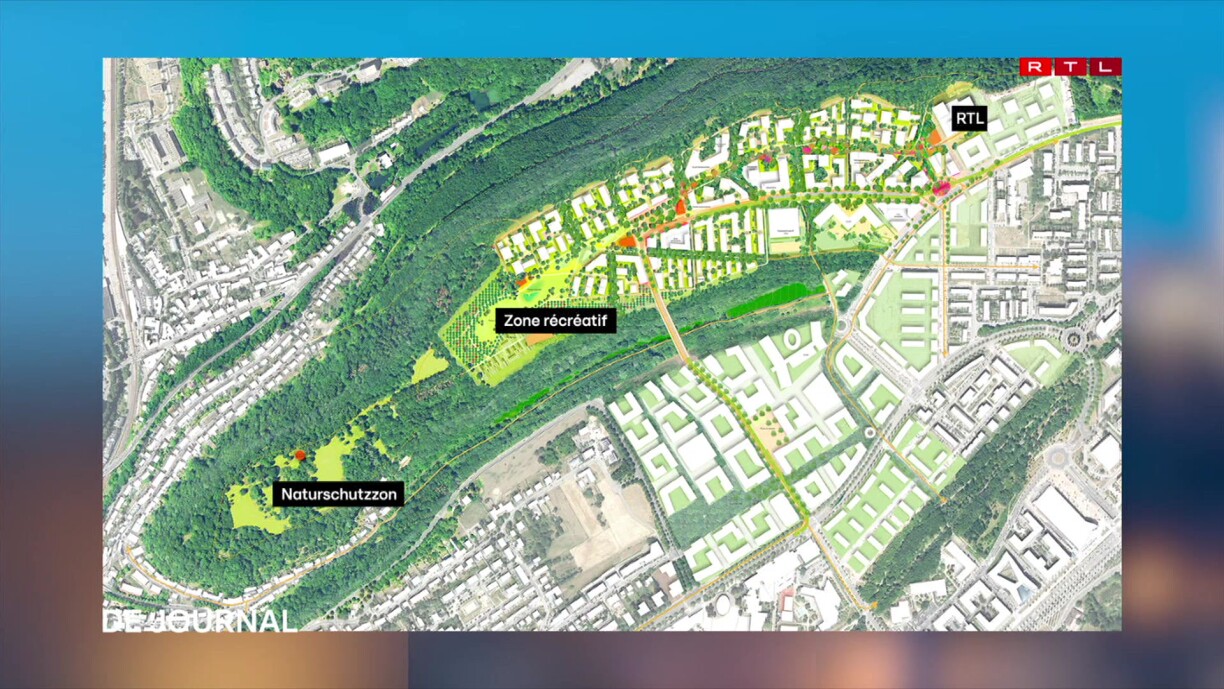
Situated between the Grünewald forest and the Kuebebierg nature reserve, the area finds itself surrounded by two nationally protected areas renowned for their ecological significance.
The plan is that the future residents of Kuebebierg will live in harmony with the environment, and the Kirchberg Fund is confident that the development of the neighbourhood will be in line with the challenges of nature protection. As a first sign of this, the landowner and property developer has planted nearly 130 trees in the area.
The long-term vision for Kuebebierg is that it will not just be a new neighbourhood, but almost a new city within the capital. The possibilities offered by the General Development Plan (PAG) will be pushed to their limits in Kirchberg, right up to the edges of the capital’s building perimeter. This massive urbanisation will, of course, increase the pressure on nature and on the Kuebebierg and Grünewald nature reserves.

Marc Widong, the director of the Kirchberg Fund, owner and developer of the neighbourhood, is fully aware of this fact. The new trees planted in the area are intended to mitigate the impact of forthcoming development, “for the sake of nature” and in collaboration with Luxembourg Urban Garden (LUGA).
In recent weeks, officials from the Kirchberg Fund have planted 129 trees as part of a broader endeavour to introduce 180 new plantings. While the modest count of young winter lime and Lebanese cedar trees might seem like a joke in comparison to the anticipated 7,000 residents and 3,000 schoolchildren, the Fund notes that the first residents of the neighbourhood are not expected to move in for several years.
The Fund expects that by then, the saplings will have grown, potentially including foreign species under evaluation for compatibility with the local climate. The Kirchberg Fund assumes that no tree will impede construction activities once underway. If trees do have to be removed, this would be “an exception.”
The recreational area planned for the neighbourhood is designed to provide residents with enough natural spaces to avoid an “invasion” of the adjacent nature reserve. However, the latter will be impacted in one section by the construction of the tram bridge.
At the core of the Kirchberg Fund’s mission lies the architectural evolution of Kirchberg, all while remaining committed to ecological integrity – or at least, this is what the Fund’s management has promised.
Full report by RTL Télé (in Luxembourgish)